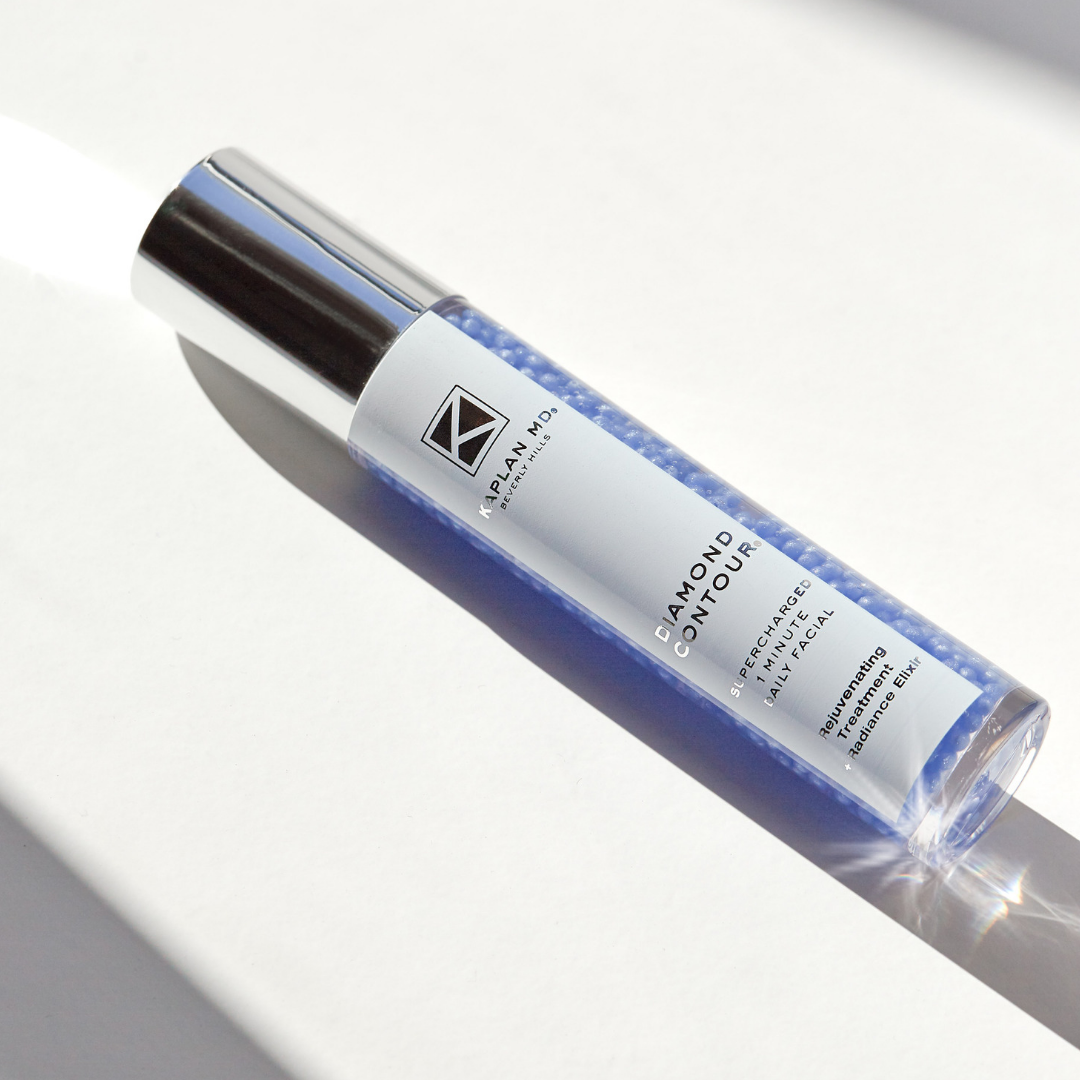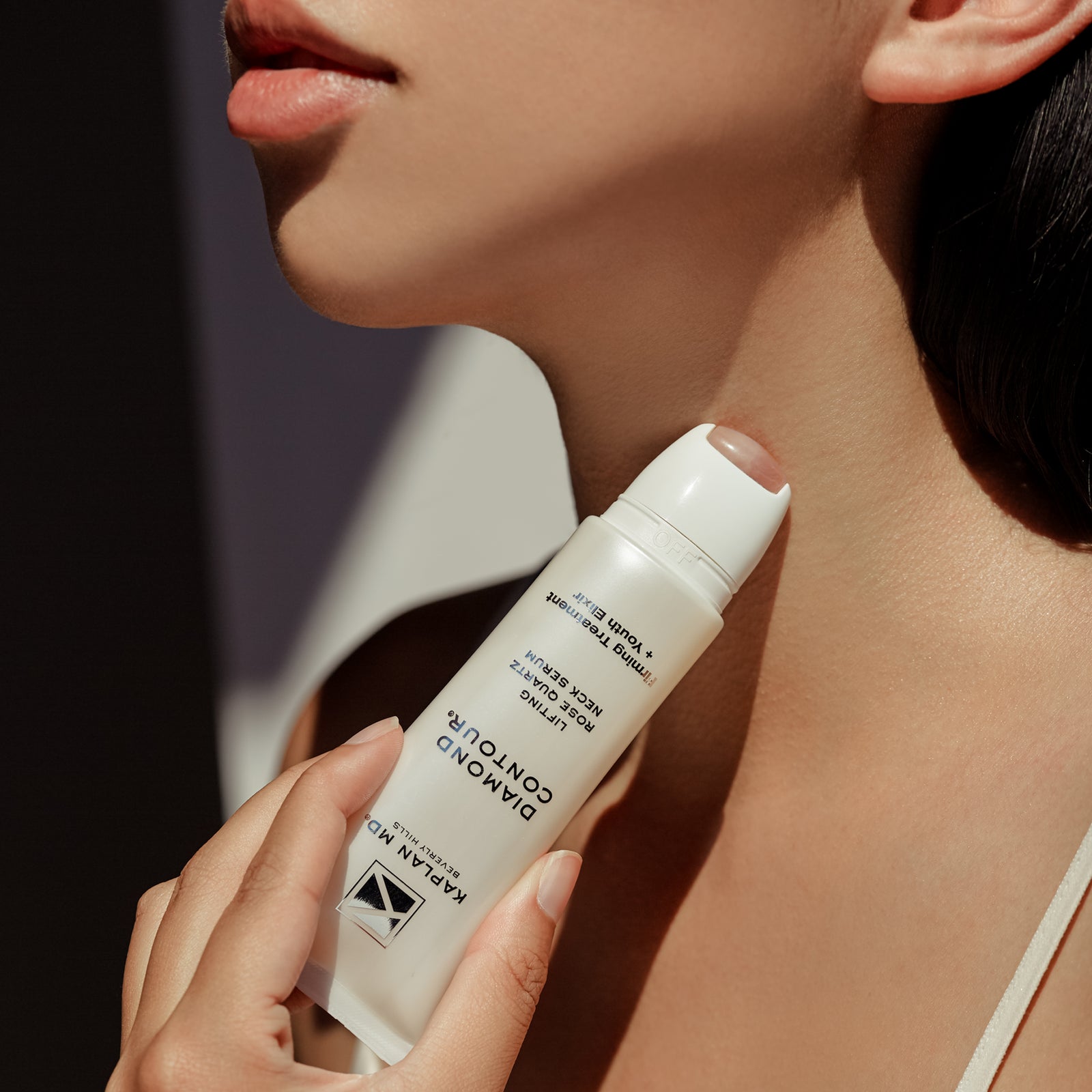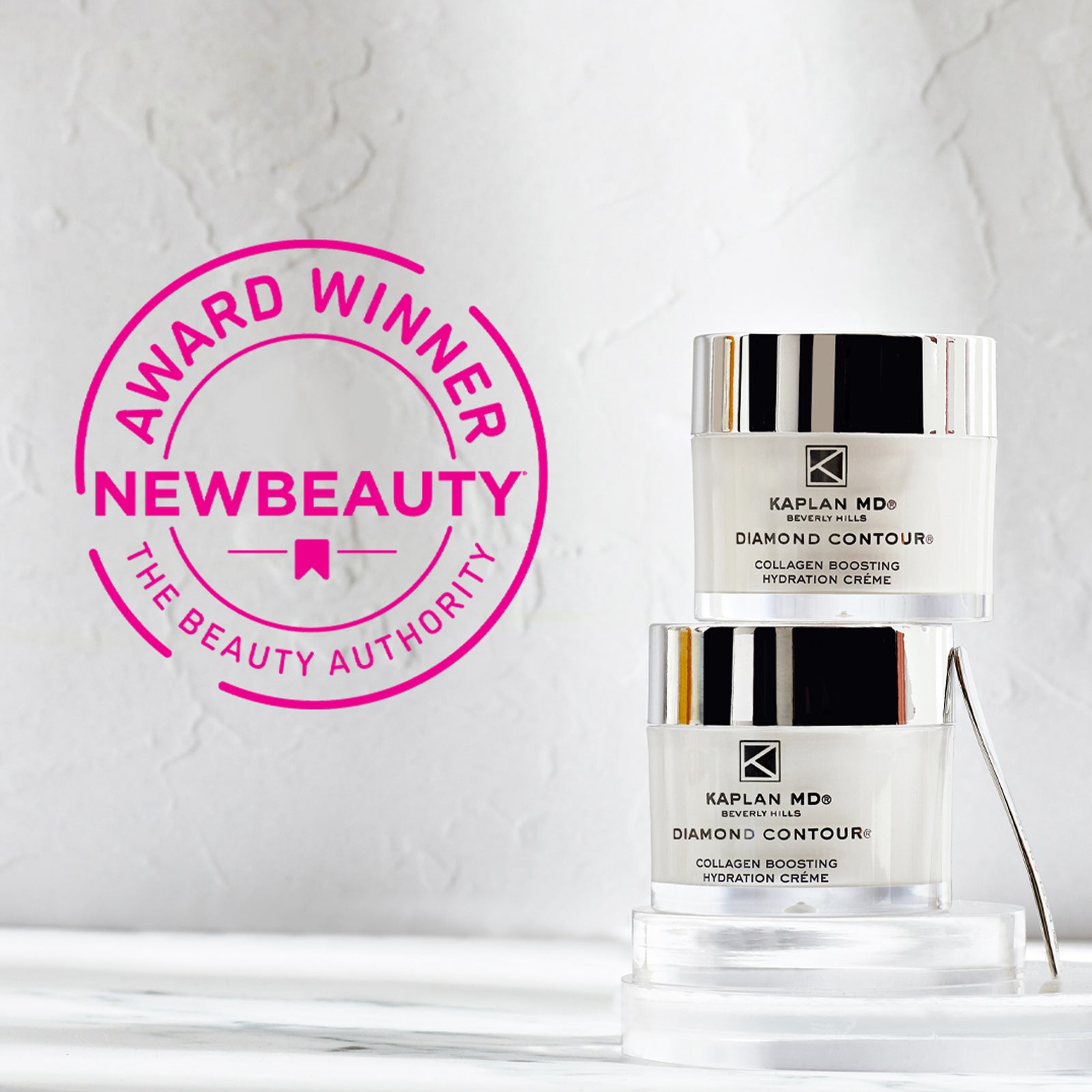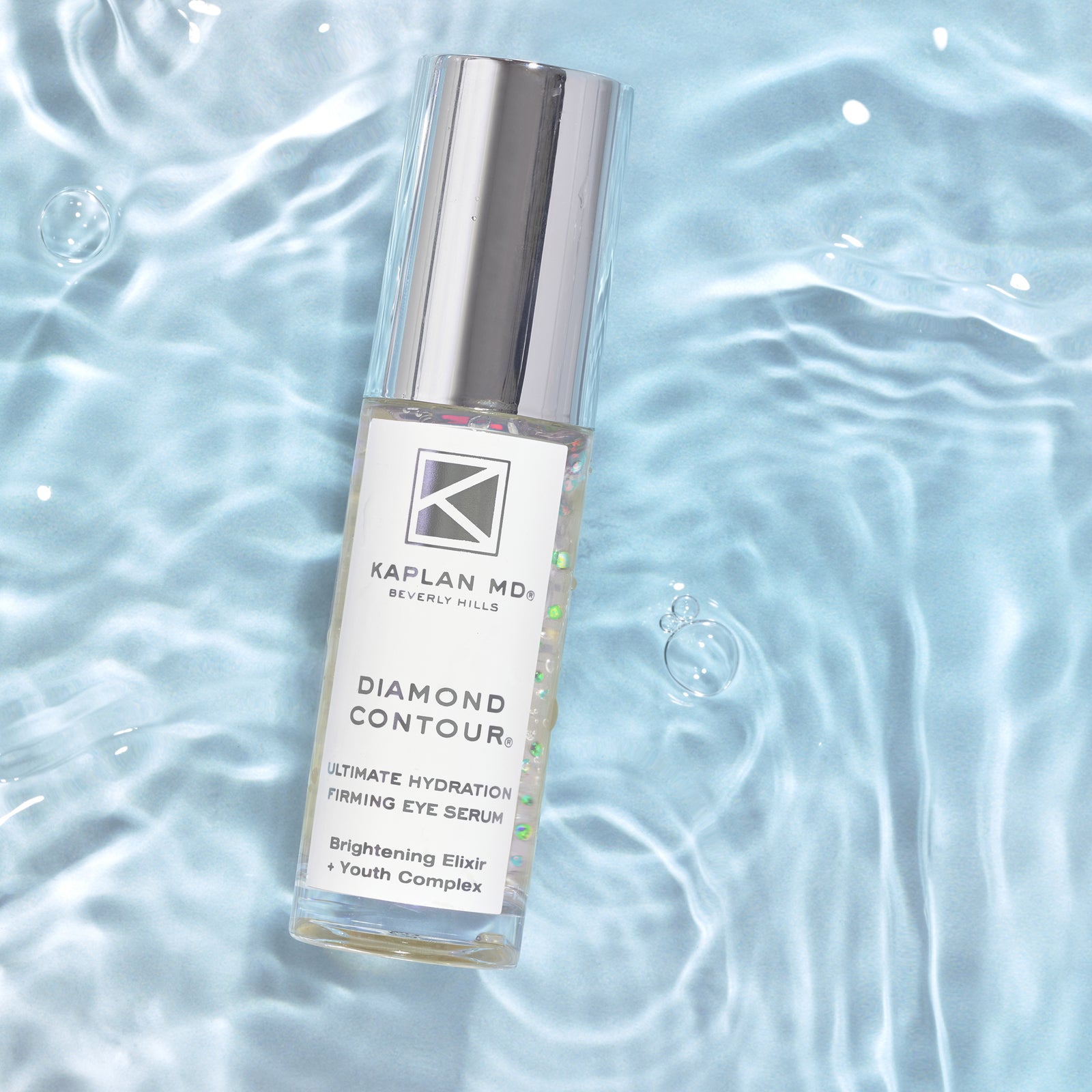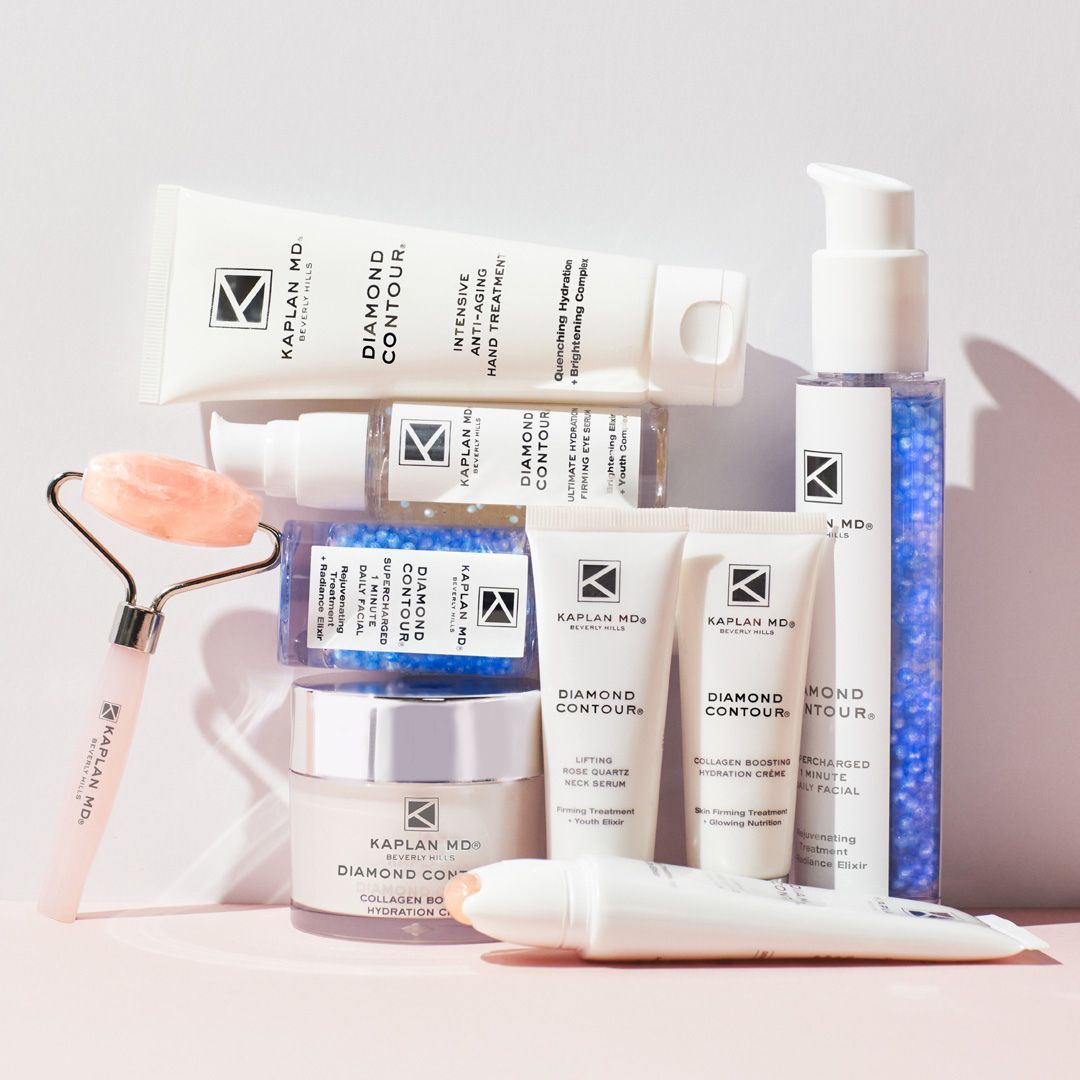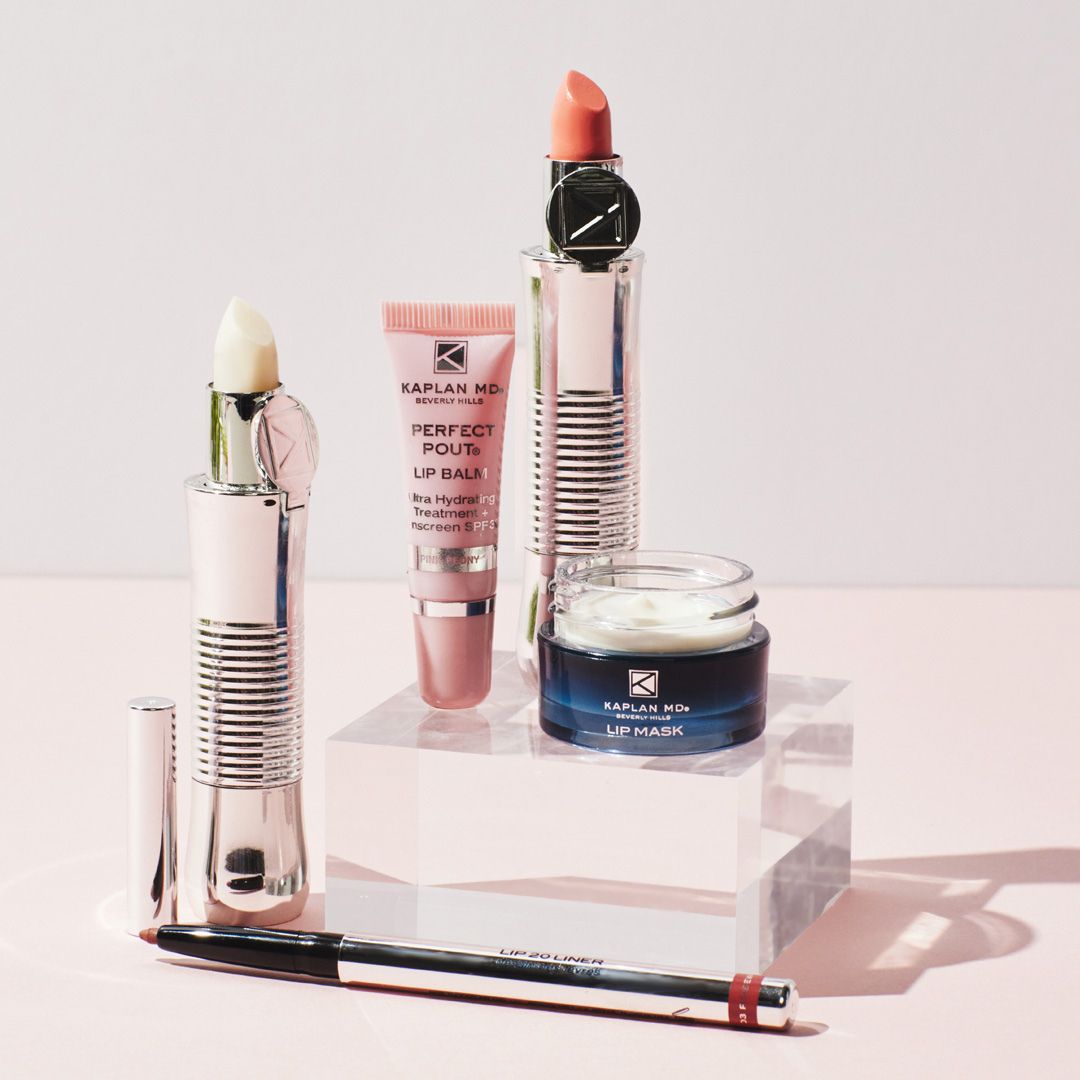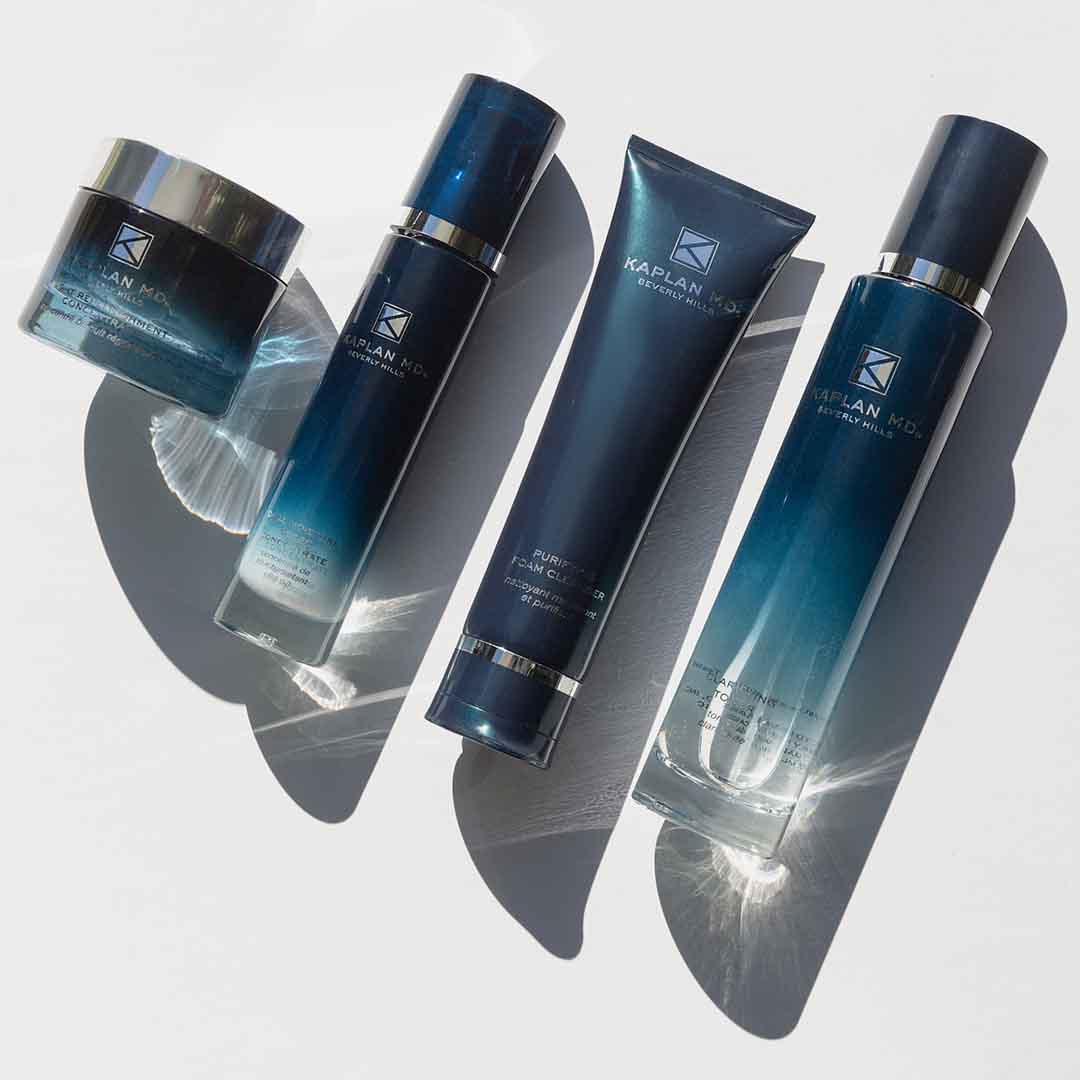Dr. Kaplan – Vitiligo
VITILIGO
Vitiligo is a medical condition that causes the skin to lose color. Some people develop a few spots that lighten or turn completely white. Others have more widespread color loss. Vitiligo can develop on any part of the body. Sometimes it also causes a patch of hair to turn white.
Skin color may return on its own. For some, however, the color loss can become permanent if not treated.
WHO GETS VITILIGO
People of all races get vitiligo. About half develop vitiligo by age 20. Nearly 95% get it by age 40. About 20% of people living with vitiligo are known to have a blood relative who has vitiligo.
CAUSES
Vitiligo develops when cells called melanocytes, the cells that give color to our skin and hair die. It is unknown why the cells die. Vitiligo is not contagious. The most common type of vitiligo, the generalized type, may be an autoimmune disease. An autoimmune disease occurs when the body mistakes a part of itself as foreign and its immune system begins attacking it, killing the cells in that part of the body. It is possible the immune system sometimes attack and kill the melanocyte cells
DIAGNOSIS
Diagnosis of vitiligo involves patient’s medical history and a skin biopsy. Blood tests may also be conducted for any signs of autoimmune diseases. Because vitiligo can affect parts of the eyes causing an inflammation (called uveitis), an eye exam may be recommended.
GENERALIZED
The most common type of vitiligo. The skin loses color equally on both sides of the body. Color loss can affect the arms and legs, hands, fingertips, feet, and around the eyes or mouth. Initially color loss may be rapid, followed by a period of little or no color loss.
LOCALIZED
Also called segmental vitiligo, this type causes color loss on one part, or segment, of the skin. Hair color also may be lost in the involved ares. Often, a bit of hair on the head, an eyelash, or eyebrow turns white. Color loss often occurs for a year or two, then stops.
ACROFACIAL
Color loss only on on the head, hands, and feet.
UNIVERSAL
Color loss on most parts of the body.
TREATMENT
Treatment cannot cure vitiligo, but it can help repigment the skin. Some treatments include:
LIGHT THERAPY
This works slowly. One type, narrowband ultraviolet B (NB0UVB) requires 2-3 treatment sessions per week for several months. It works best on the face and trunk, but not so much on hands and feet.
Another type of light therapy is PUVA, which is a combination of UVA light and psoralen, a medicine that makes the skin more reactive to light, and can be applied topically or by mouth. PUVA is 75% effective on the face, trunk, upper arms, and upper legs. The hands and feet tend to respond poorly.
TOPICAL TREATMENTS
Prescriptions include torticosteroid, tacrolimus ointment, pimecrolimus cream or calcipotriol (a Vitamin D compound). These also work slowly and take time. Sometimes you may need to use more than one type of cream at once.
SKIN GRAFT
A surgical procedure where a healthy skin is removed and placed over affected skin. Best results for localized vitiligo.
DEPIGMENTATION
This option is only for patients who have lost most of their skin color. Depigmentation removes the remaining color from the skin, leaving the person with completely white skin. The procedure can take one to 4 years.
TREATING CHILDREN
Vitiligo often start at young age. Children can be treated, but they have fewer options. Topical creams and ointments, light therapy are the two common treatment options for children and young teens.
MAKEUP, SELF-TANNER, AND DYES
You can hide the skin color loss by applying makeup. Some products, however require daily application which can be time-consuming.If you use a self-tanner, know that some brands contain chemical called dihydroxyacetone, which can effective color of the skin, but can also interfere with other medicines.
SUN PROTECTION ESSENTIAL
Those suffering from vitiligo can benefit from sun protection. Skin that has lost color tends to sunburn easily, and this in turn can worsen the condition. Applying sunscreen every day helps to protect the skin.
All content solely developed by the American Academy of Dermatology.

